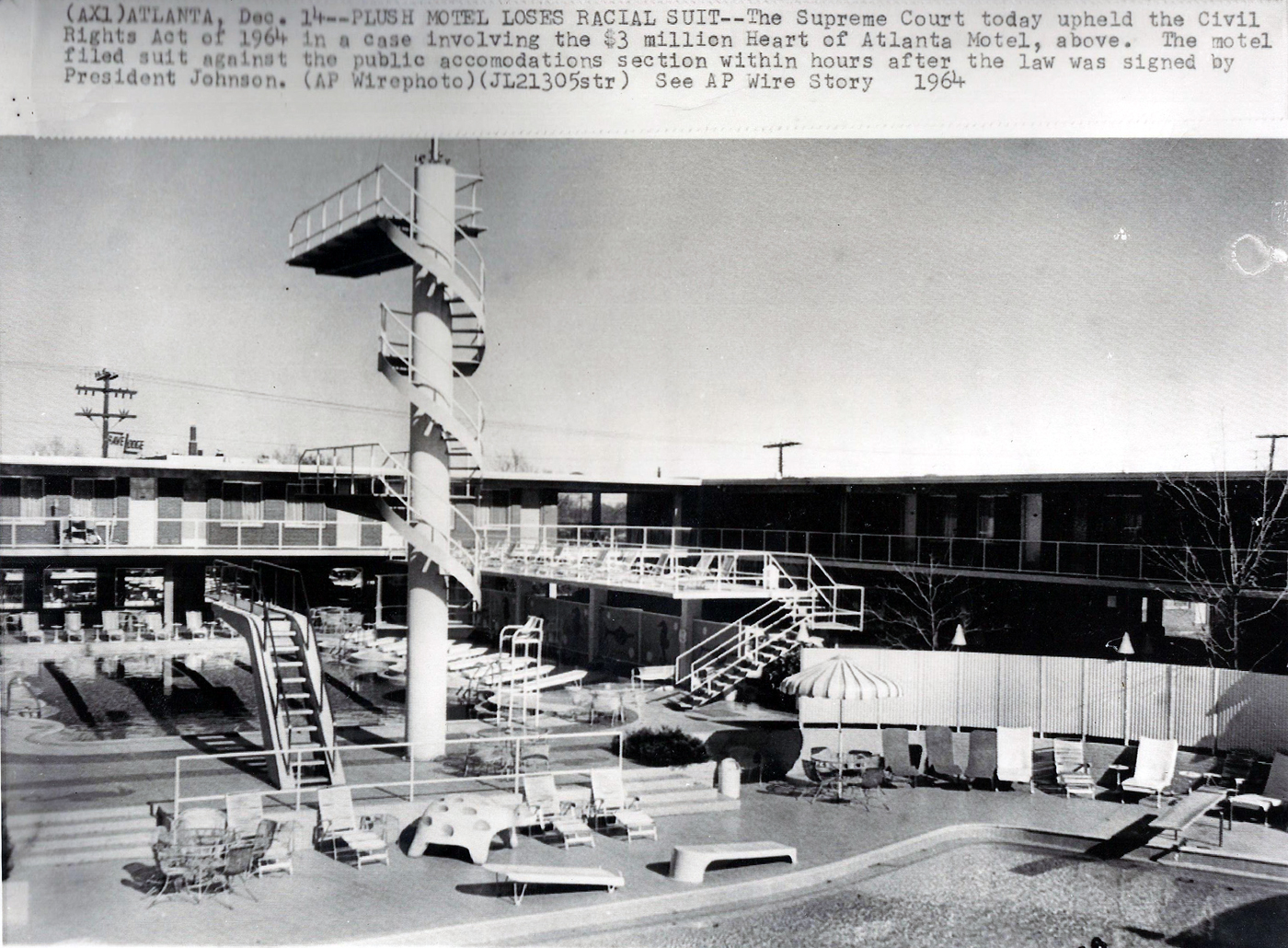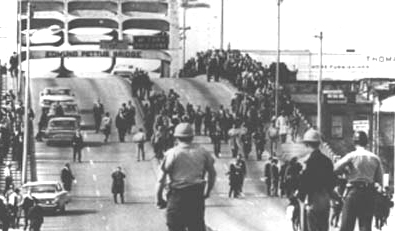The 6 Pioneers: an addendum to the Impact of Attorneys in the Civil Rights Movement
/A few years ago we made a post about the impact of attorneys in the Civil Rights movement. I recently attended a function at the University of Arkansas School of Law, where a professor mentioned the room of the 6 Pioneers on the first floor of the law school. The event was on a Saturday, and the room was locked, but it got me interested in looking into it further.
A few days later on January 20, 2020, I read an excellent article in the Democrat-Gazette about Scipio Africanus Jones. The article talked about our current congressional delegation seeking to have a post office named for Mr. Jones, who was a trailblazing black attorney. Mr. Jones represented five African American men convicted of murdering a white man in the Elaine Massacre, which occurred on September 30/October 1, 1919. Experts believe about 200 people were killed, five of which were white, after a shooting at a black sharecroppers’ union meeting on the night of September 30.
Mr. Jones’ case, Moore v. Dempsey, went all the way up to the United States Supreme Court in 1923. 261 U.S. 86, 43 S. Ct. 265, 67 L. Ed. 543. Perhaps one of, if not the most famous United States Supreme Court Justice, Oliver Wendell Holmes, wrote the opinion. The appeal argued the convictions of the five men were the result of the pressure from a lynch mob, and thus the men were not afforded due process of law.
Portrait of Oliver Wendell Holmes, who served on the U.S. Supreme Court from December 4, 1902 to January 12, 1932
According to Judge Holmes’ opinion, which restated the facts as sought in the petition to the Court, the Arkansas Governor appointed a Committee of Seven to investigate the Elaine Massacre and the following events. Newspapers published daily inflammatory articles. The only thing preventing a lynch mob from murdering the five men was the Committee’s promise to the community “the law would be carried out.” In doing so, the Committee tortured black witnesses until they agreed to testify the five men were guilty of the murder. A grand jury, including one member of the Committee, returned an indictment based on the coerced testimony. No African Americans were permitted to participate on the grand jury or the petit jury.
While the five men had appointed legal counsel, the mob threatened anyone interfering with five men being found guilty. No change of venue was sought, no juror qualifications were challenged, and no request for separate trials of the five men were made. No preliminary consultation with the accused occurred, and no witnesses were called in defense of the accused, including the accused themselves. The entire trial lasted about 45 minutes, and the jury returned in less than five minutes with guilty verdict. Moore, 261 U.S. at 88-90, 43 S. Ct. at 265-66, 67 L. Ed. at 544-45. In the appeal, Mr. Jones argued on behalf of the the five men that nobody on the jury could have voted for an acquittal and continued to live in Phillips County, and if for some reason an acquittal occurred, none of the five men would have escaped the lynch mob.
Judge Holmes’ found the facts as alleged by the five men were corroborated by requests to the Governor a year after the convictions from several organizations in Philips County urging him not to interfere with the execution of the men. The five men argued the Governor appeased the mob’s spirit by not halting the executions. Moore, 261 U.S. at 91, 43 S. Ct. at 266, 67 L. Ed. at 545.
Relying on Frank v. Mangum, 237 U.S. 309, 335, 35 S. Ct. 582, 590, 59 L. Ed. 969, 983 (1915), Judge Holmes’ stated as follows:
“[I]f in fact a trial is dominated by a mob so that there is an actual interference with the course of justice, there is a departure from due process of law; and that if the State, supplying no corrective process, carries into execution a judgment of death or imprisonment based upon a verdict thus produced by mob domination, the State deprives the accused of his life or liberty without due process of law.”
The authority for a violation of “due process of law” Holmes referred to was the 14th Amendment (as opposed to the 5th Amendment). Judge Holmes dissented in the Frank case, as follows:
“Whatever disagreement there may be as to the scope of the phrase ‘due process of law,’ there can be no doubt that it embraces the fundamental conception of a fair trial, with opportunity to be heard. Mob law does not become due process of law by securing the assent of a terrorized jury. We are not speaking of mere disorder, or more irregularities in procedure, but of a case where the processes of justice are actually subverted. In such a case, the Federal court has jurisdiction to issue the writ [of habeus corpus]. The fact that the state court still has its general jurisdiction and is otherwise a competent court does not make it impossible to find that a jury has been subjected to intimidation in a particular case. The loss of jurisdiction is not general but particular, and proceeds from the control of a hostile influence.”
Frank, 237 U.S. at 347, 35 S. Ct. at 595, 59 L. Ed. at 988. The Frank Court found no violation of the 14th Amendment’s due process guarantee under similar circumstances as Mr. Jones’ clients.
Returning to the five men represented by Mr. Jones, Judge Holmes concluded the whole proceeding against them was a mask: an irresistible wave of public passion swept counsel, jury, and judge to a fatal end, and the State Courts failed to correct the wrong. Judge Holmes concluded “neither perfection in the machinery for correction nor the possibility that the trial court and counsel saw no other way of avoiding an immediate outbreak of the mob can prevent this Court from securing to the petitioners their constitutional rights.” Moore, 261 U.S. at 91, 43 S. Ct. at 266, 67 L. Ed. at 545. Accordingly, Judge Holmes remanded the case to the lower federal court to find whether the facts, as alleged by the five men, were true and whether they could be explained in order to leave the convictions undisturbed.
The legal precedent established by the work of Mr. Jones and others, i.e., application of the 14th Amendment to prohibit state action in conflict with the Federal Constitution, later became a major building block of the Civil Rights Movement that eventually led to the U.S. Supreme Court to abolish the “separate but equal” doctrine in Brown v. Bd. of Educ., 347 U.S. 483, 74 S. Ct. 686, 98 L. Ed. 873 (1954). Our prior post detailed the work of other prominent African American attorneys between Mr. Jones’ case and the Brown decision.
According to Judith Kilpatrick, it was Mr. Jones and another African American attorney who encouraged L. Clifford Davis to enroll at the University of Arkansas Law School following World War II. Judith Kilpatrick, Desegregating the University of Arkansas School of Law: L. Clifford Davis and the Six Pioneers, 58(2) The Arkansas Historical Quarterly 123, 125 (Summer 2009). I cannot do Ms. Kilpatrick’s work any justice in a blog post, and encourage any reader of this post to click on the link above. A few points from Ms. Kilpatrick’s work are found below.
Ms. Kilpatrick details the events of how Mr. Davis, while not attending the school himself, opened the door for Silas Herbert Hunt to become the first African American in the south to attend an all-white institution of higher learning since Reconstruction. Ms. Kilpatrick also details the experiences of Mr. Hunt, Jackie Lamond Shropshire, George Howard, Wiley A. Branton, Sr., George W.B. Haley, and Christopher Columbus Mercer in becoming the 6 Pioneers to integrate the UA law school. Parts of the legal careers of Mr. Howard and Mr. Branton were explored in our prior post.
University of Arkansas School of Law, 1940.
Law schools teach by the Socratic method, whereby the professor calls on students to explain cases to illustrate a specific legal point. Professors expect the students to be able to recall the facts of each case, and the court’s analysis in reaching its conclusion. All professors are different, but typically have a method for calling on students. For example, in a class of 100, each student may know the date of when it’s their turn to be called on, depending on the specific professor’s teaching methods, which thereby makes it easier on the student to be prepared for their day. It is possible to discuss 5-10 cases per class period, possibly more depending on the professor.
One of the conditions of Mr. Hunt’s enrollment was having to be taught in a segregated classroom. Mr. Shropshire followed Mr. Hunt in 1948. By comparison to today’s standards, due to being segregated, Mr. Hunt and Mr. Shropshire had to be able to discuss every case in every class period and in several different classes. Mr. Shropshire recalled having to study until 3 or 3:30 am to be prepared for each class period. The individualized attention from professors led Mr. Hunt’s white counterparts to join him by the end of his first semester. Kilpatrick, Desegregating the University of Arkansas School of Law: L. Clifford Davis and the Six Pioneers, at 133-34. The segregated classrooms ended in the fall semester of 1949. Ms. Kilpatrick did an excellent job detailing other difficulties of the six pioneers.
Ms. Kilpatrick explained the motivation behind each man’s decision to go to law school in Arkansas. All but one of the six was a World War II veteran. Mr. Haley recalled seeing white prisoners of war eating in a part of a restaurant he and his friends had been asked to leave; Mr. Branton had been charged and convicted of voter fraud after teaching uneducated African Americans how to exercise their right to vote. Kilpatrick, Desegregating the University of Arkansas School of Law: L. Clifford Davis and the Six Pioneers, at 147.
Just as anyone might, the six just wanted to go to school close to home, which was cheaper than going out of state, and they got to learn the law alongside those whom they would be practicing. For anyone wanting to practice law, these considerations should be given a tremendous amount of weight as they are just as relevant today as they were in the late 1940s and early 1950s. For other reading on African American attorneys in Arkansas, Ms. Kilpatrick wrote another outstanding article detailing the efforts of these attorneys before 1950. We highly encourage reading both of Ms. Kilpatrick’s works for a greater understanding of how African American attorney’s impacted the Civil Rights Movement.

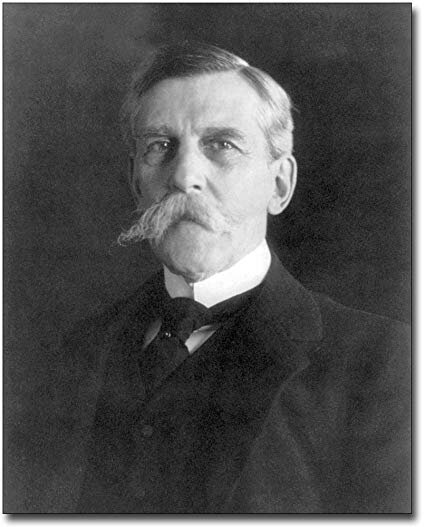




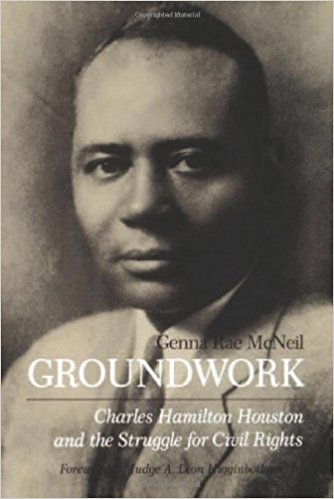


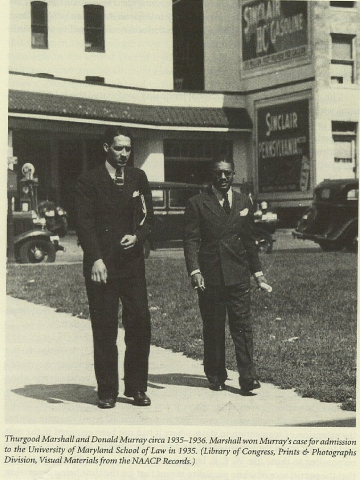






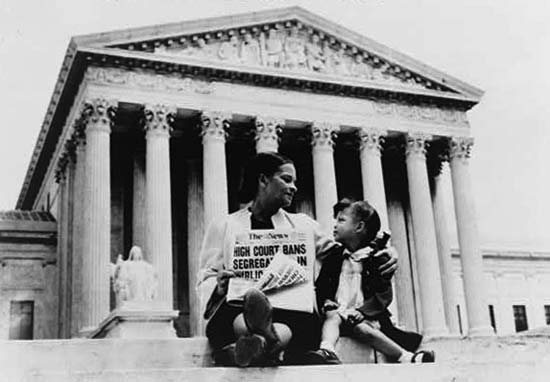

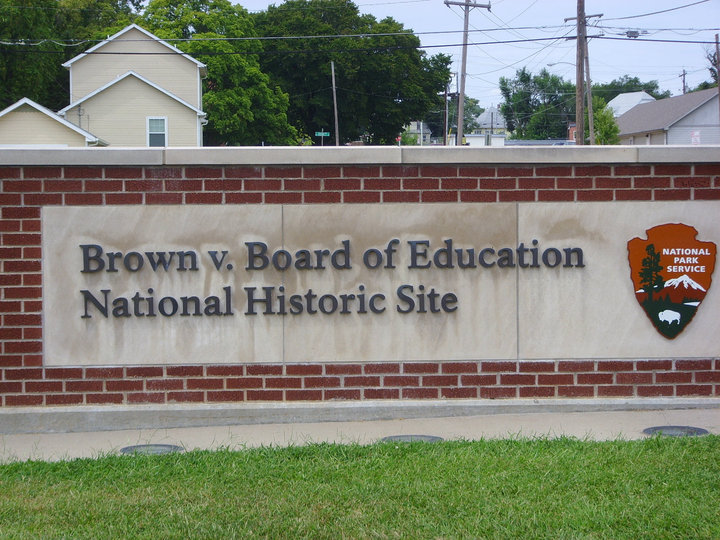

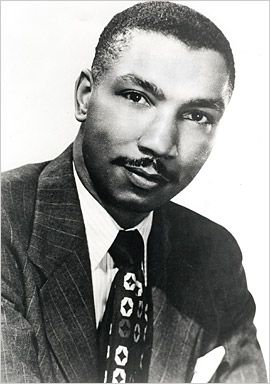

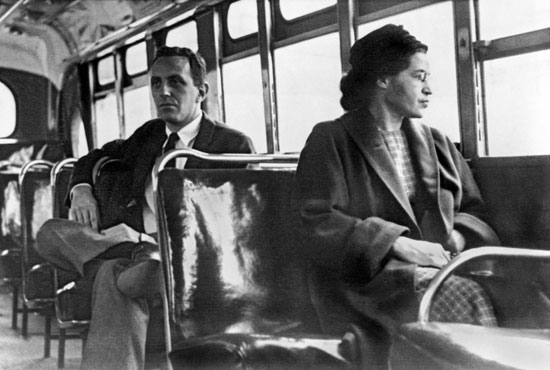
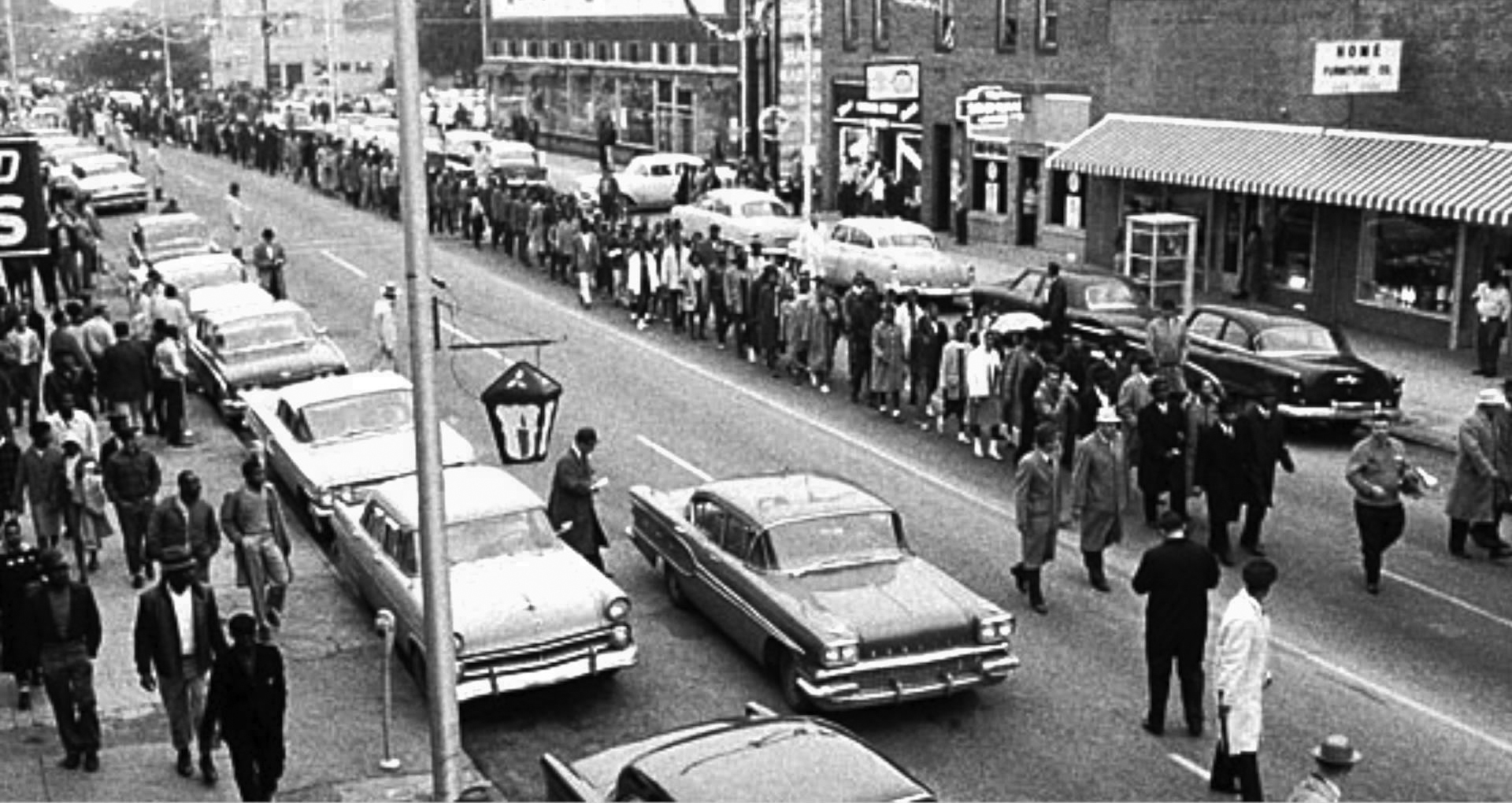
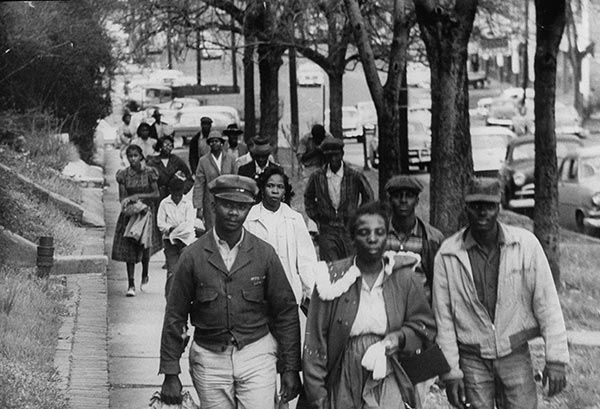
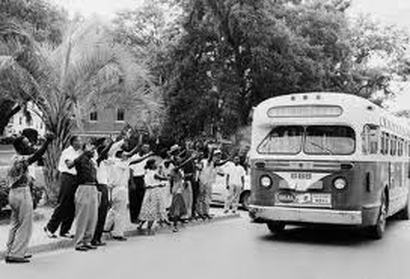
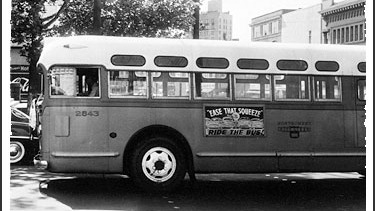
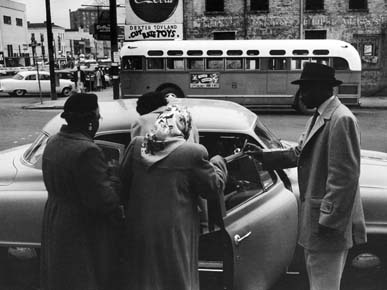
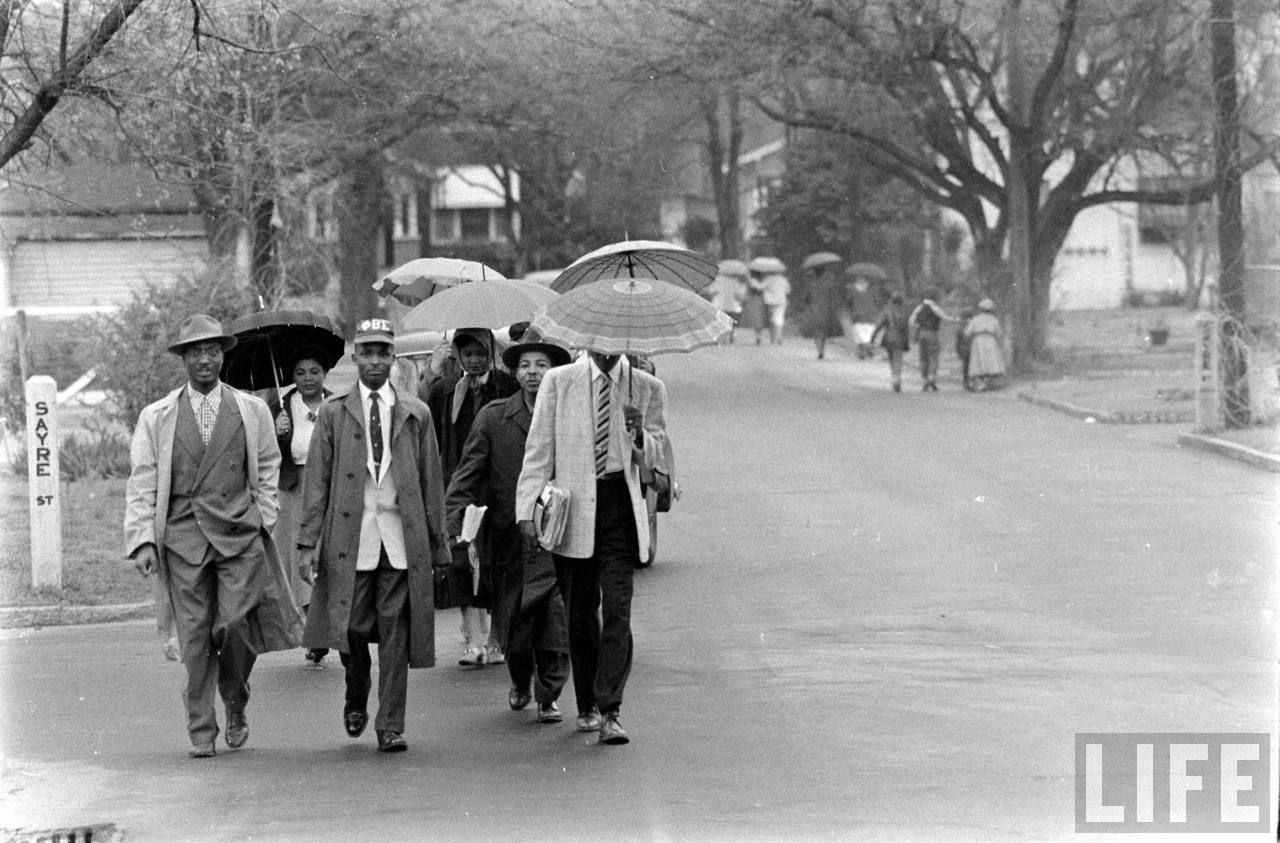
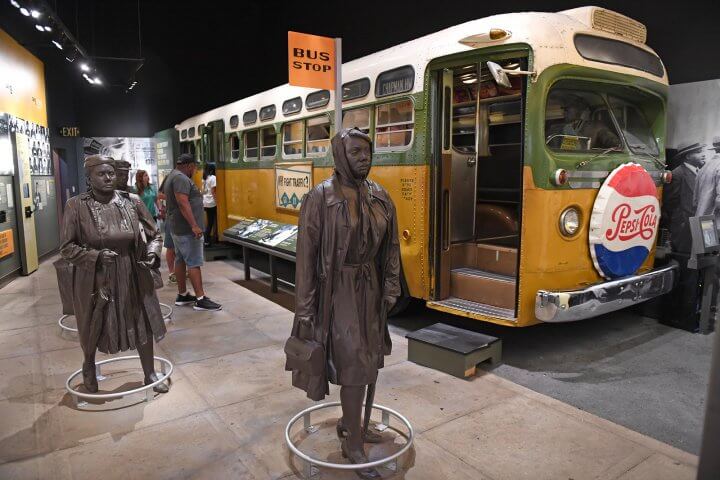
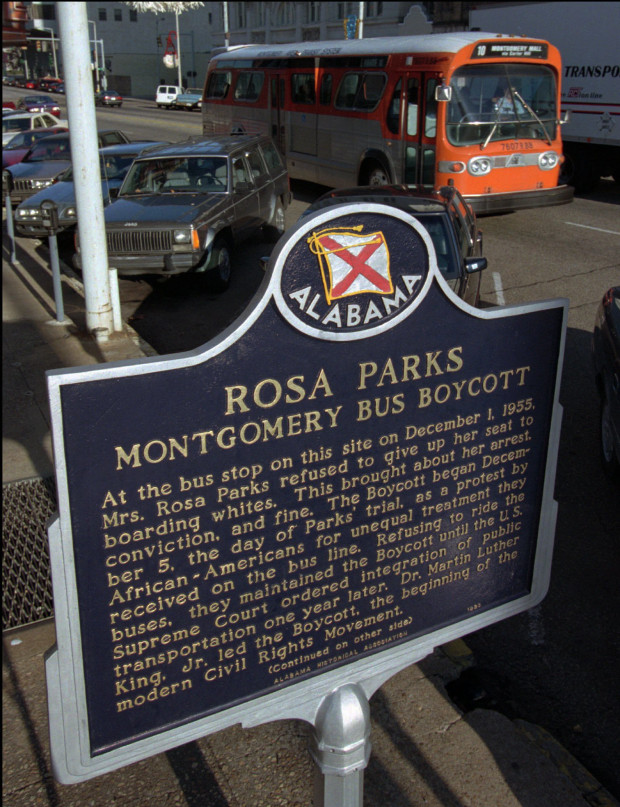
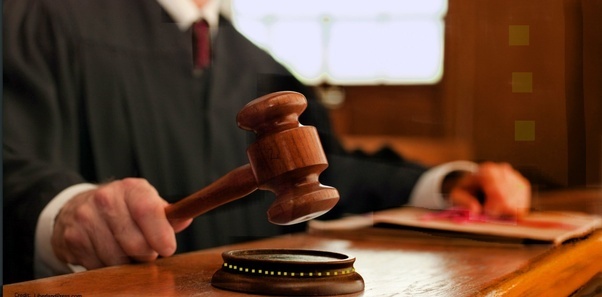

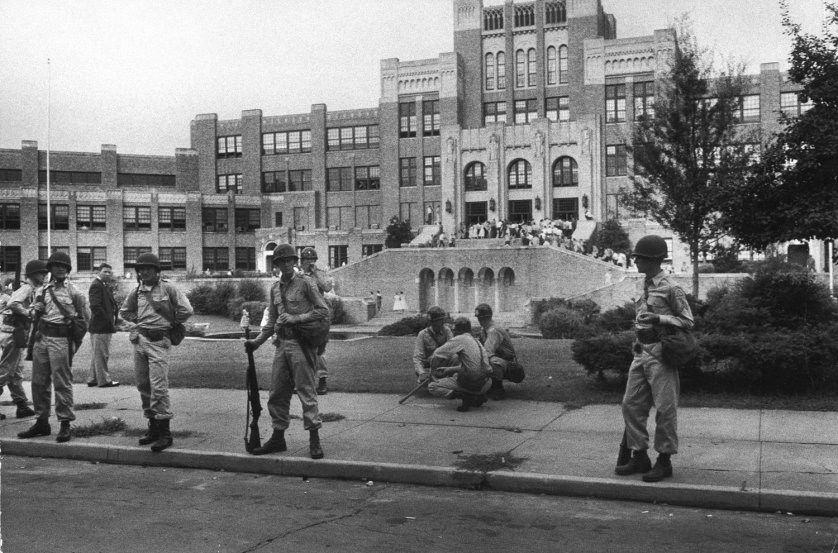



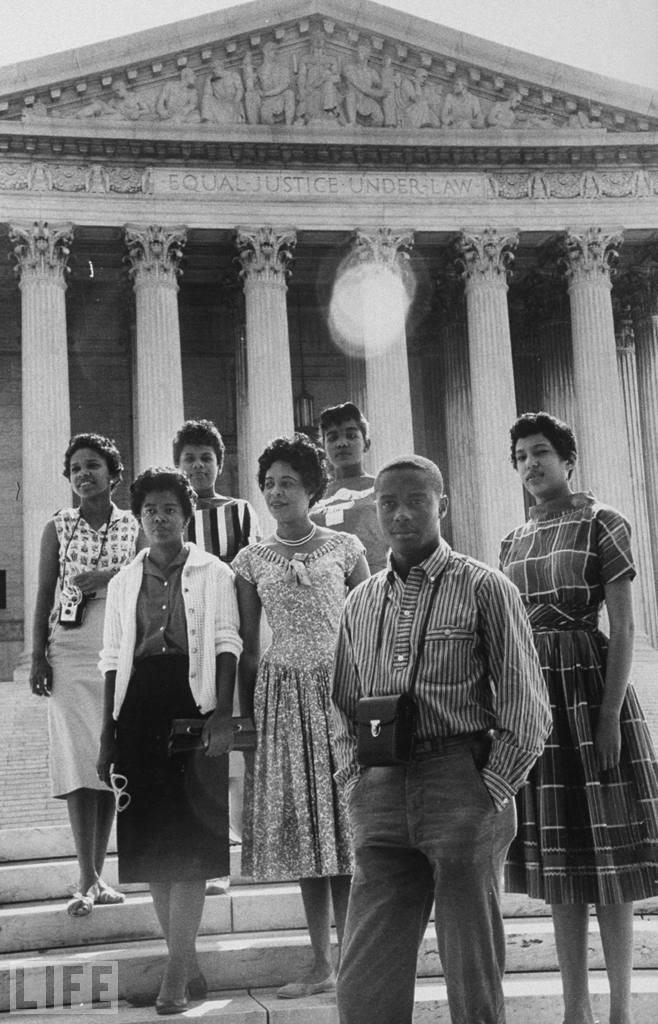
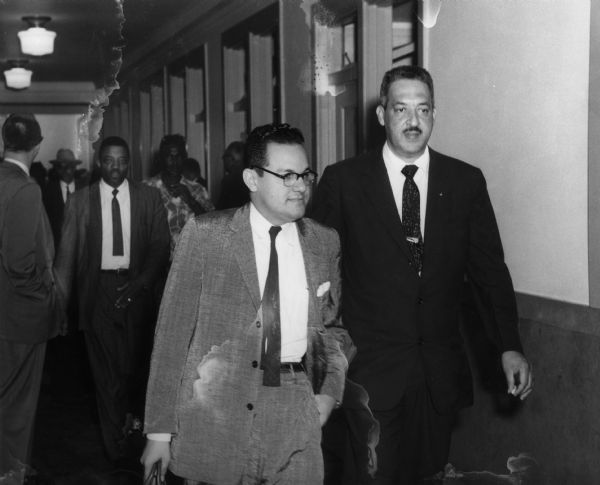

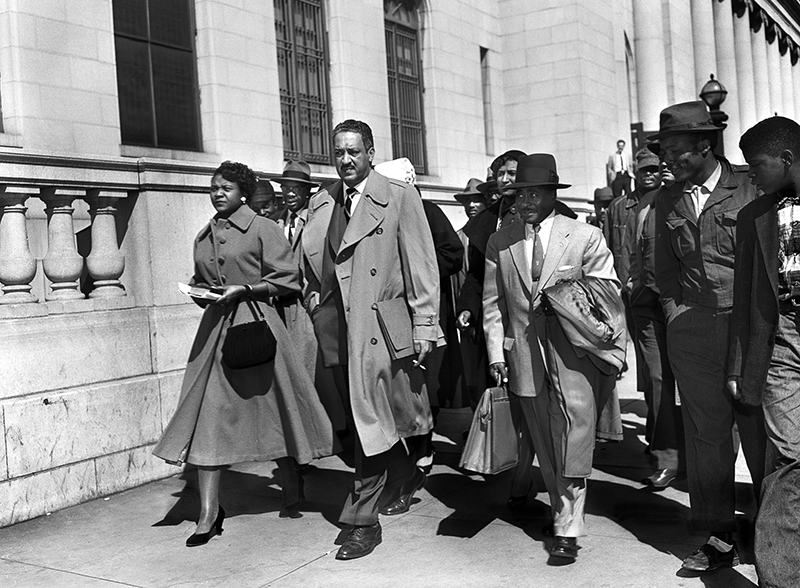

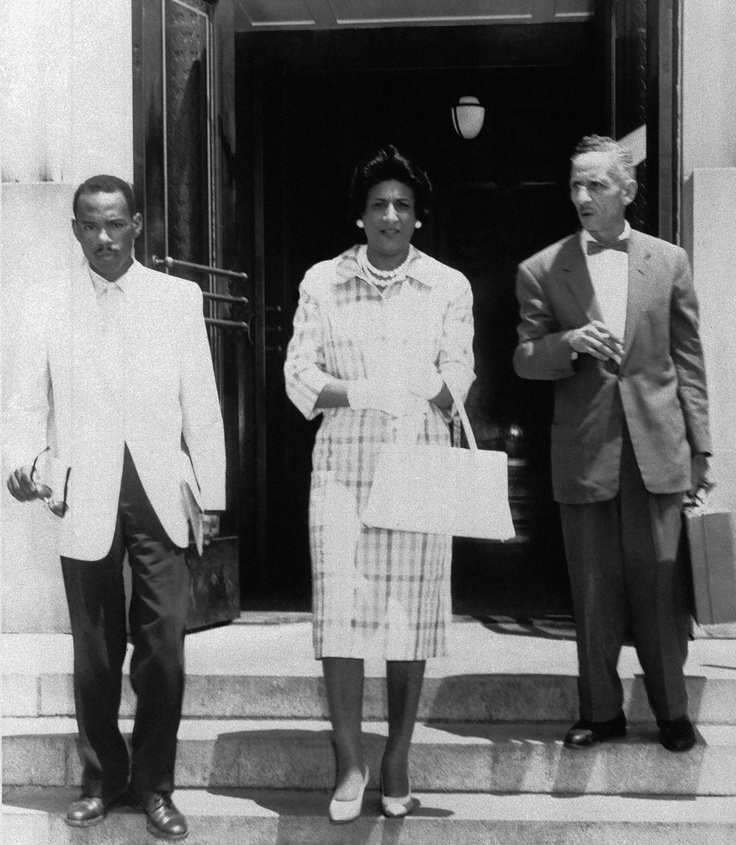

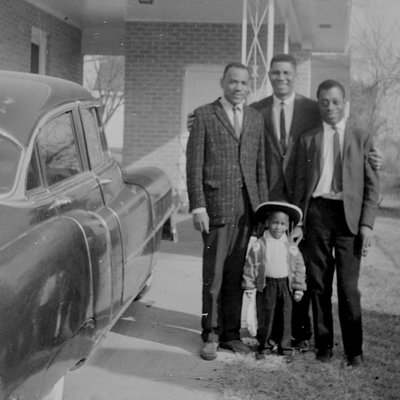
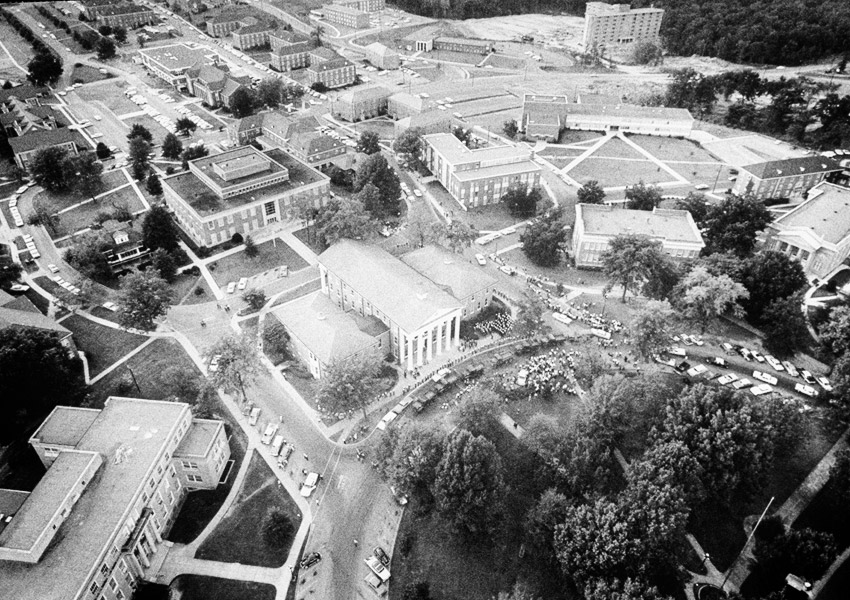
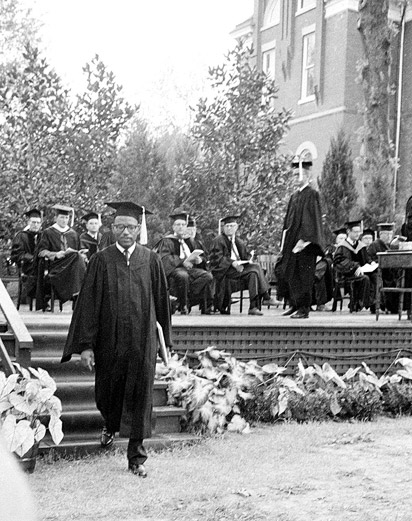
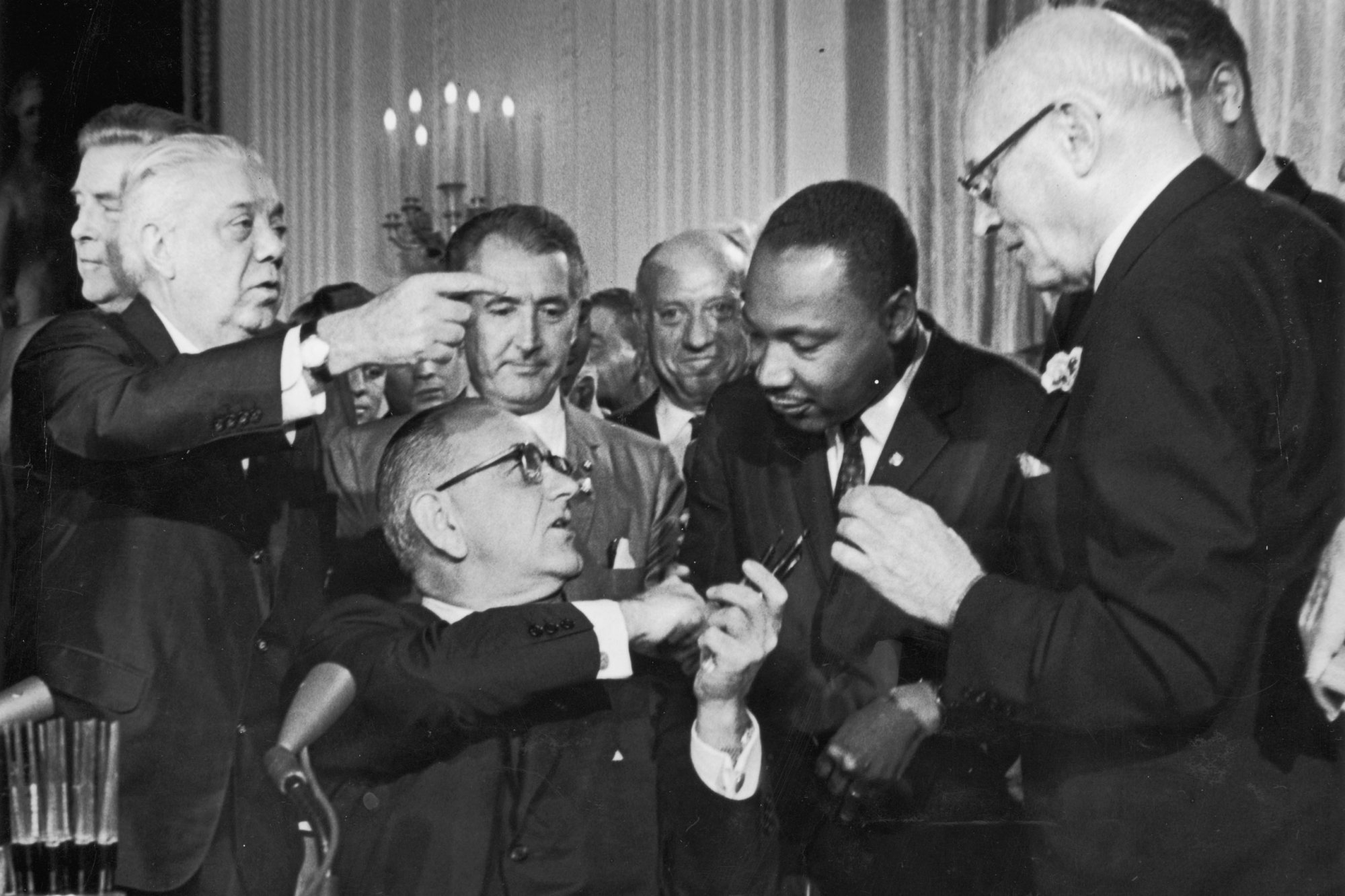

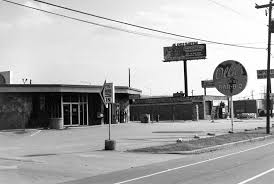
![The restaurant was located "on a state highway 11 blocks from an interstate. ... In the 12 months preceding the passage of the [Civil Rights] Act, the restaurant purchased locally approximately $150,000 worth of food, ... 46% of which was meat that …](https://images.squarespace-cdn.com/content/v1/517f0942e4b0d875cbc6d53f/1516650625623-5EQ4JEN1N664922K6CJB/59315.jpg)

